Why Every Luau Features Laulau and How to Make It
11 min read Discover the cultural significance of Laulau at Hawaiian luaus and learn how to prepare this flavorful, traditional dish at home. July 02, 2025 12:05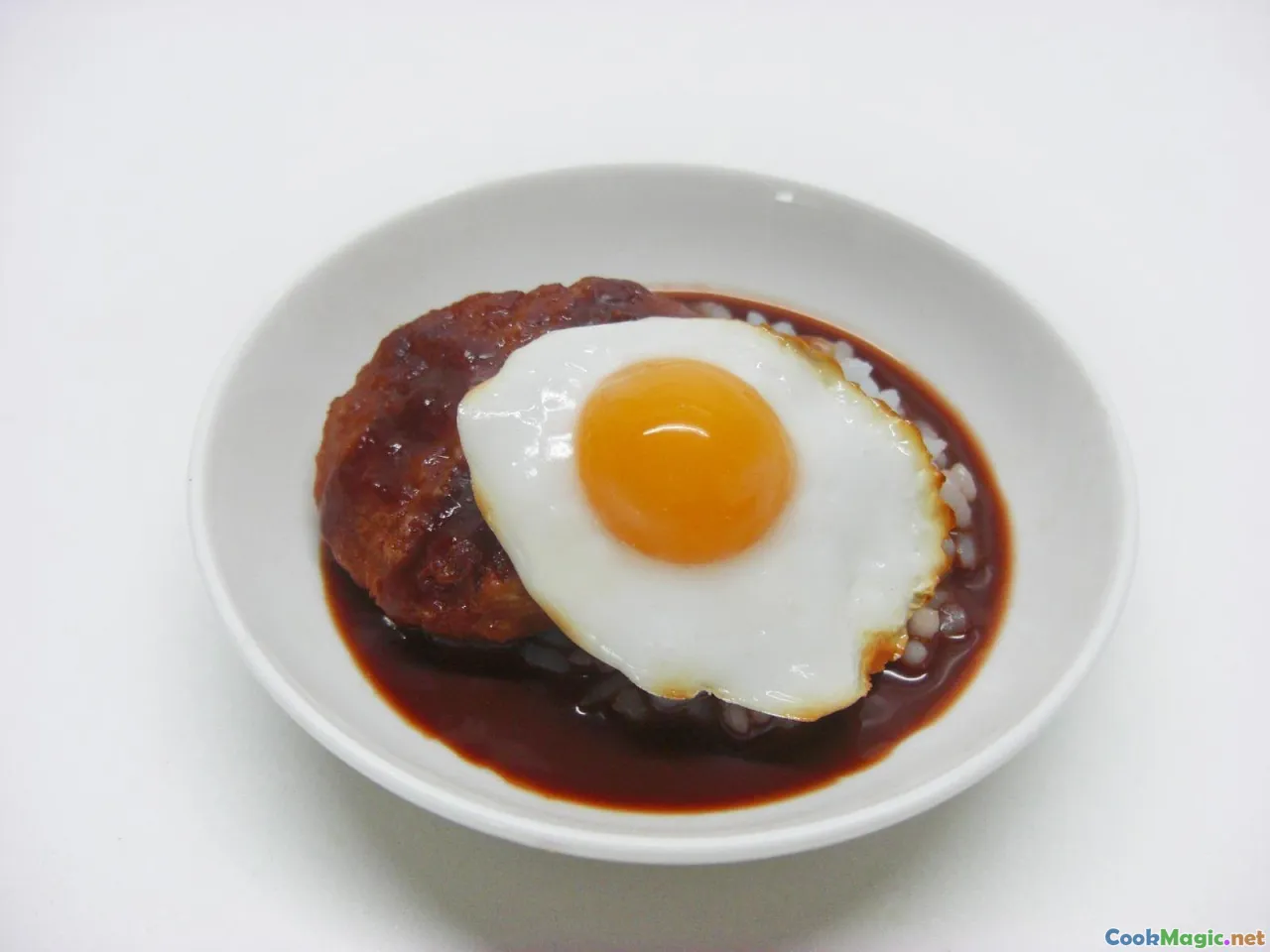
Why Every Luau Features Laulau and How to Make It
Imagine the warm, fragrant breeze drifting over lush Hawaiian plains, carrying with it the irresistible aroma of smoky, tender meats and fragrant tropical spices. This sensory tapestry is at the heart of every authentic Hawaiian luau—a vibrant celebration of culture, community, and culinary heritage. And among the star dishes that make each luau an unforgettable feast, laulau stands out as a centerpiece with its rich history, complex flavors, and tactile appeal.
In this exploration, we’ll delve into why laulau is an indispensable part of any luau, unravel the historical tapestry it’s woven into, and guide you through crafting your own succulent laulau that embodies the spirit of aloha.
The Cultural Significance of Laulau in Hawaiian Celebrations

Hawaiian luaus are much more than just parties; they are living expressions of centuries-old traditions, an ode to ancestral spirits, and a communal harmony wrapped in tropical paradise. Laulau’s centrality in these festivities is rooted in deep cultural meaning.
Originally, laulau was more than a dish—it was a spiritual offering. The word “laulau” translates roughly to “wrapped” in Hawaiian, emphasizing the preparation technique: ingredients wrapped in taro leaves, then cooked to meld flavors and textures. Historically, laulau was a community affair, prepared with reverence in large quantities as offerings to gods, ancestors, or for rites of passage like weddings and celebrations.
The choice of ingredients—pork, fish, and sometimes chicken—was guided by availability and ritual significance. Pork, being a symbol of prosperity and strength, features prominently, seasoned with local herbs and wrapped lovingly in long, dark-green taro leaves that resemble lush rainforest canopies.
Today, laulau embodies that cultural continuity—it’s a symbol of hospitality, family, and reverence for Hawaiian roots. When it’s served at a luau, it’s a visual and culinary invocation of history, tradition, and island pride.
The Anatomy of Laulau: Ingredients and Preparation
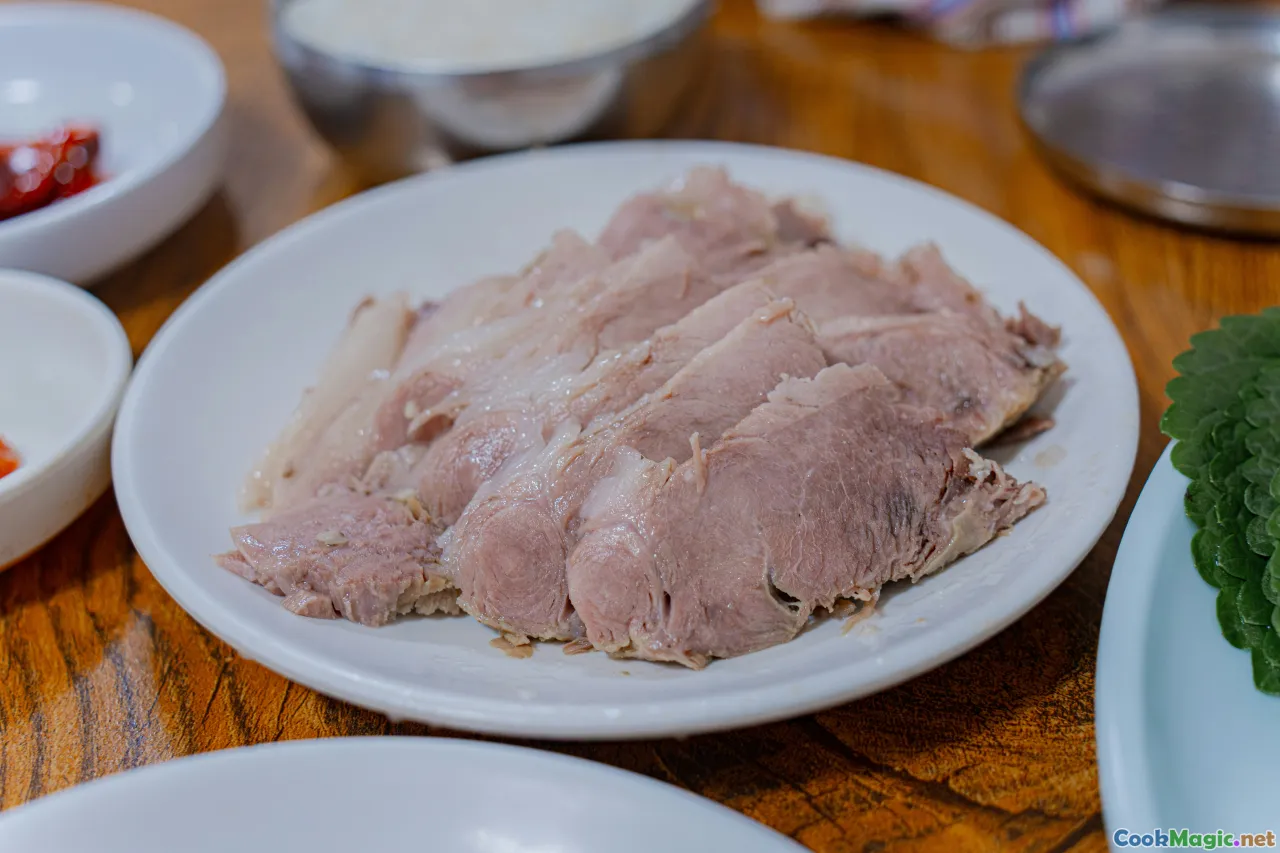
At its core, laulau is a simple but layered combination of ingredients wrapped in tender taro leaves and slow-cooked to create a symphony of flavors. To fully appreciate the dish, understanding its essential components is vital.
Key Ingredients:
- Pork: Traditionally, pig shoulder or buttocked pork, cut into sizeable chunks, offers both richness and a hearty bite.
- Fish (Optional): In some regions, fresh fish like salmon or butterfish is used for a seafood version.
- Chicken (Variations): Sometimes included for variety.
- Taro Leaves: The signature wrapping; large, dark-green, hearty, and slightly oily—essential for flavor and moisture.
- Lomi Salmon: A side of cured salmon adds a bright, acidic contrast in some recipes.
- Salt, Hawaiian sea salt, and sometimes ginger or garlic for seasoning.-Butter or pork fat (optional): For richness.
Preparation Steps:
- Cleaning and Preparing Taro Leaves: Gently wash the leaves in cool water. Since they are somewhat tough, removing the central vein can make wrapping easier.
- Marinate or Season the Meat: Use sea salt, ginger, garlic, or simple Hawaiian sea salt. Let the pork marinate briefly to absorb flavors.
- Wrap the Ingredients: Place a portion of seasoned pork (and seafood if including) onto a large taro leaf, add some fish or lomi salmon if desired, then fold and wrap tightly, ensuring no filling escapes.
- Wrap in Foil or Kapa: Historically, woven kapa cloth was used, but today, heavy-duty foil or banana leaves are common for sealing the parcels.
- Cooking: Traditionally, laulau is cooked in an imu—a pig-roasting underground oven—slow-cooked for several hours until everything is meltingly tender and infused with smoky, earthy flavors. Modern cooks often use a slow cooker or an oven set to low, mimicking that traditional method.
The Key to Success:
The magic lies in slow, gentle cooking—allowing the flavors to meld, the fats to render, and the taro leaves to impart their unique aroma.
Traditional vs. Contemporary Laulau: A Comparative Analysis

While the traditional mānoa-style imu provides a smoky aroma that cannot be matched, modern adaptations—like slow cookers and oven roasting—make laulau accessible to home cooks worldwide.
Traditional Method:- Digging an imu, layering hot stones, adding the wrapped laulau, and cooking for 4–6 hours. The result: an earthy, smoky flavor profile that transports you straight to a Hawaiian backyard feast.Modern Method:
- Using a slow cooker or oven, set at low heat for 4–8 hours, delivers tender, flavorful laulau with less fuss but retains the essential spirit.
The choice between methods depends on tradition versus convenience, but both result in a tender, aromatic masterpiece.
Tips for Making Perfect Laulau at Home
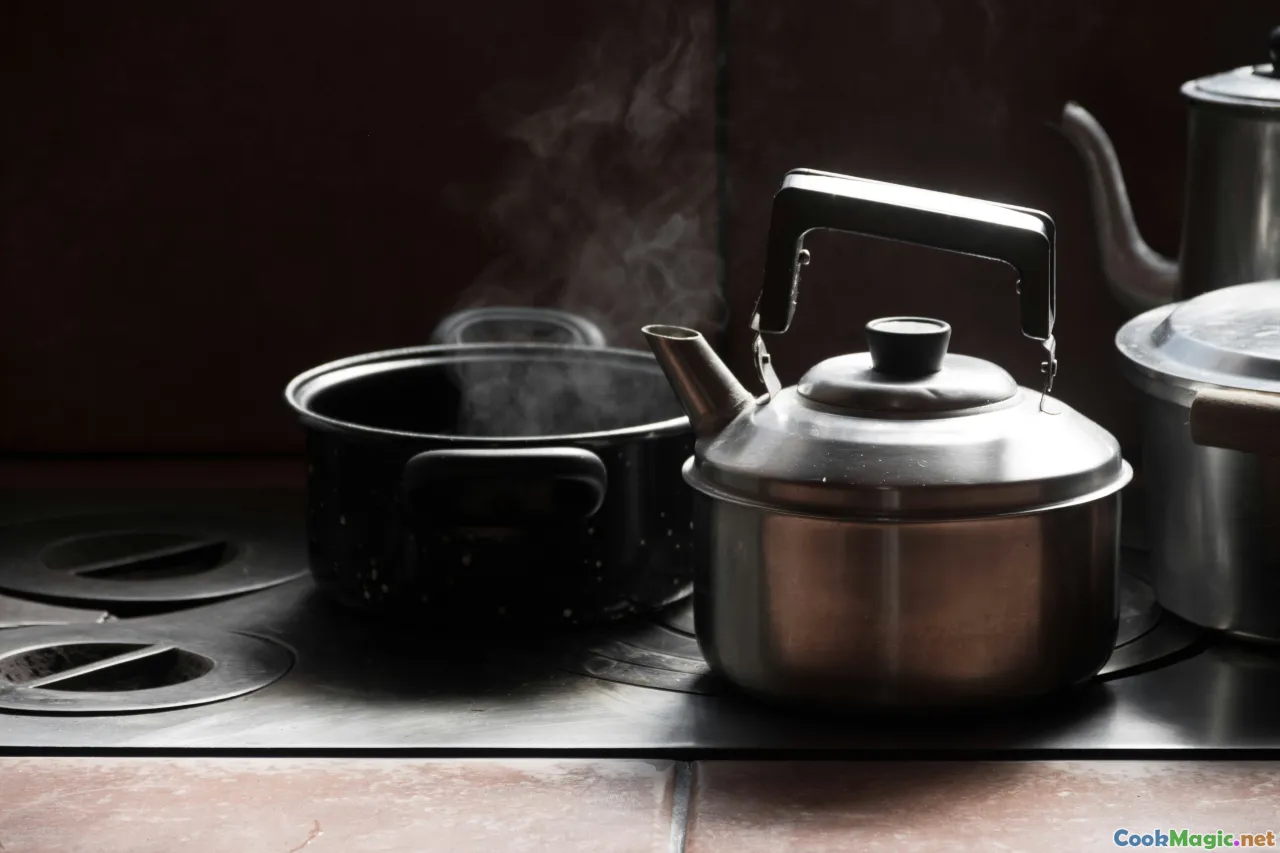
Creating authentic laulau at home requires patience and precision but yields immense satisfaction. Here are expert tips:
- Choose Quality Meat: Fresh pork shoulder or pork belly ensures succulence.
- Handle Taro Leaves Carefully: They can be tough; soften by steaming or soaking briefly.
- Wrap Tightly: Prevent leaks by double wrapping with foil or banana leaves.
- Low and Slow: Whether in an oven or crockpot, maintaining a low temperature is key.
- Add Moisture: Some recipes include a splash of water or broth inside the package to create steam.
- Rest Before Serving: Allow the laulau to rest for 10–15 minutes after cooking—this helps juices redistribute.
- Serve with Classic Sides: Poi, lomi salmon, haupia (coconut pudding), and fresh tropical fruits complete the experience.
Serving and Enjoying Laulau: The Aloha Feast
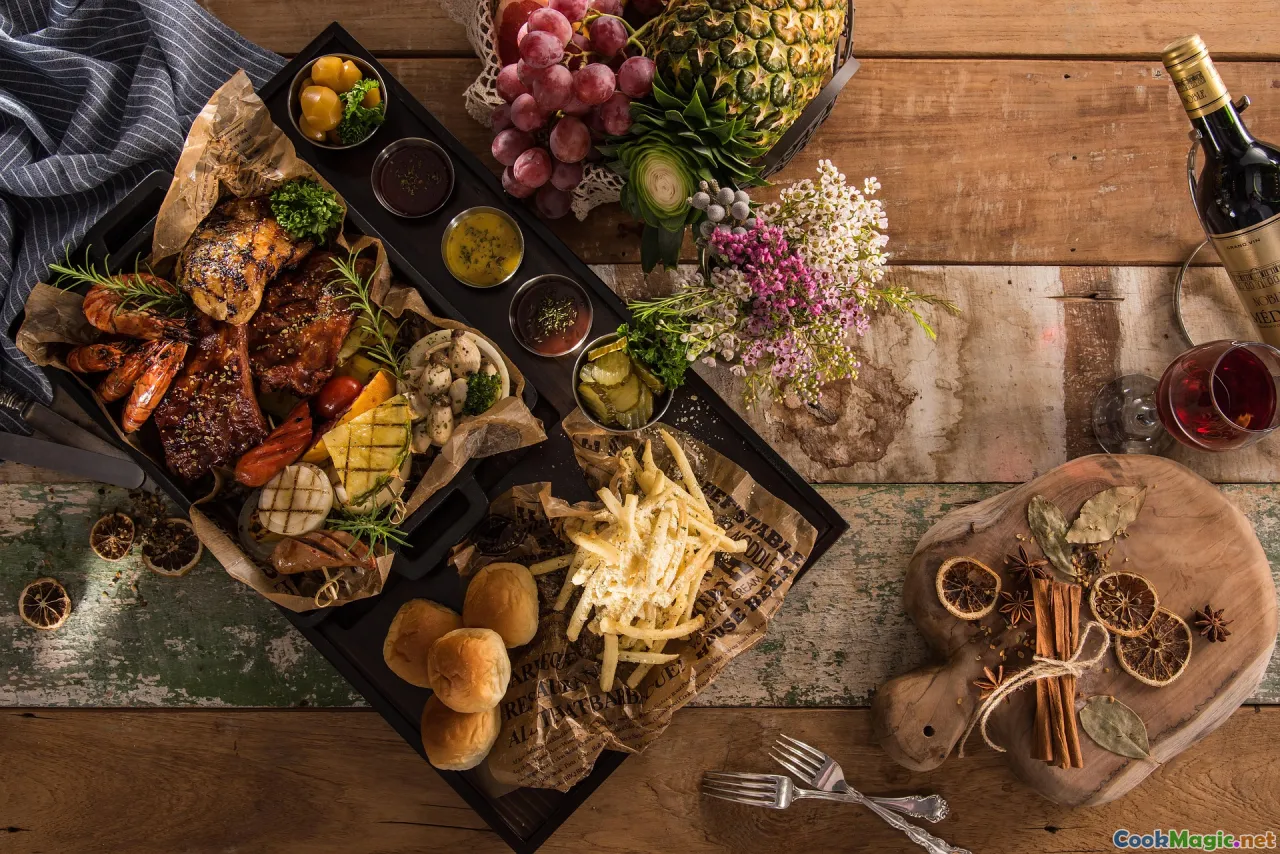
The moment of truth arrives when laulau is unwrapped—reveling in the near-glow of emerald-green leaves revealing tender, flavorful pork with hints of smoke and earth. The aroma is intoxicating, invoking island breezes, lush rainforests, and ocean spray.
Extract every nuance: dip chunks in hot chili peppers, a squeeze of lime, or a dab of fiery Hawaiian salt. Each bite offers a melt-in-your-mouth texture accented by the smoky depth imparted during slow cooking.
Laulau is meant to be shared—gathered around a communal table, laughter echoing amid the clinking of sparking glasses filled with tropical spirits, perhaps a shimmering Mai Tai or a chilled Pineapple Shake.
Celebrating Hawaiian Heritage One Laulau Bite at a Time
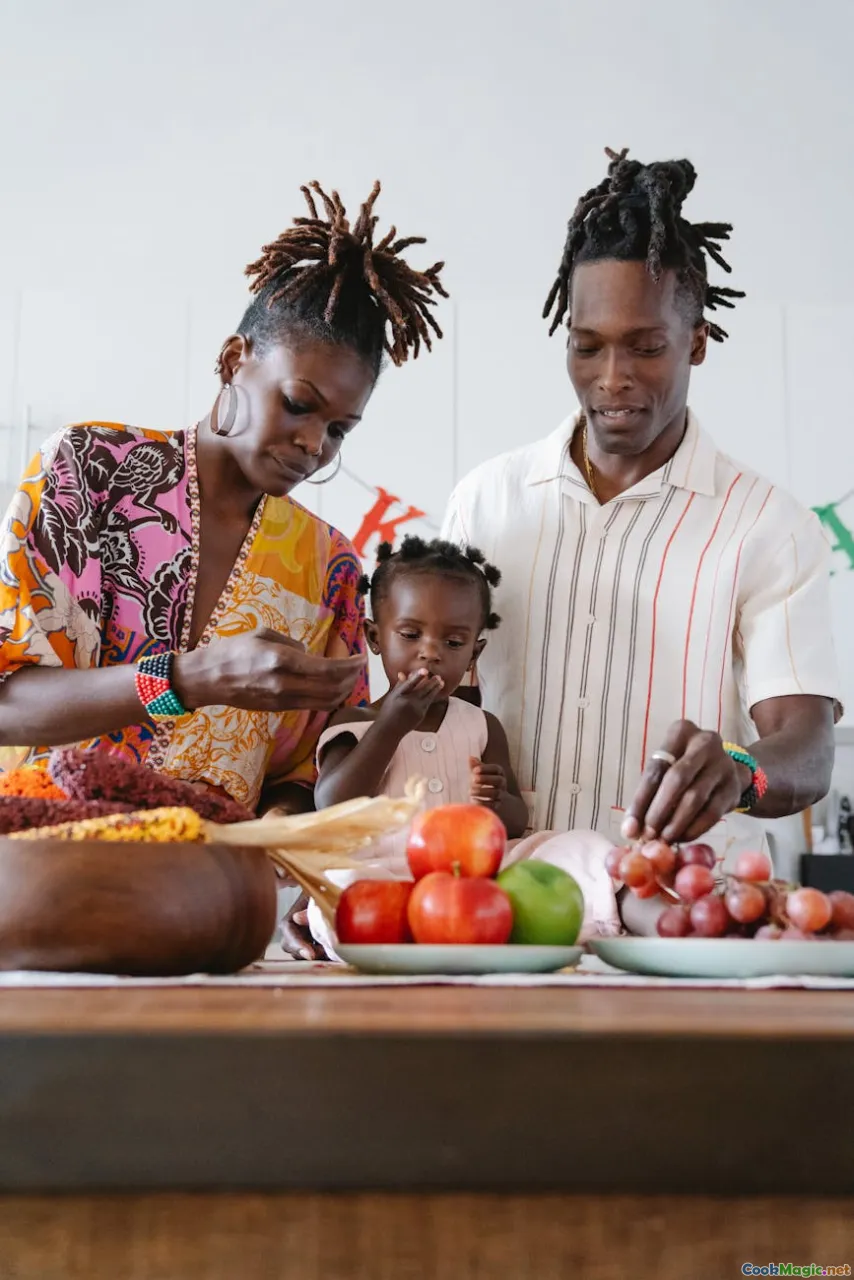
Every bite of laulau is a connection—an edible thread linking homeland, history, and heart. Making laulau at home isn’t just about recreating a dish; it’s about embracing a rich cultural narrative and passing it along for generations.
Whether you visit a celebrated hawaiian restaurant like Helena’s Hawaiian Food in Honolulu or host an authentic luau in your backyard, featuring laulau honors centuries of tradition and the enduring aloha spirit.
So, gather your ingredients, channel the patience of generations past, and cook in the spirit of community and aloha. Your own laulau will not only be a sumptuous feast but also a living tribute to Hawaiian culture itself—a flavorsome embodiment of island life.
Aloha and Happy Cooking!
May each fragrant, smoky parcel transport you to the vibrant shores of Hawaii, where tradition and flavor dance together in perfect harmony.









